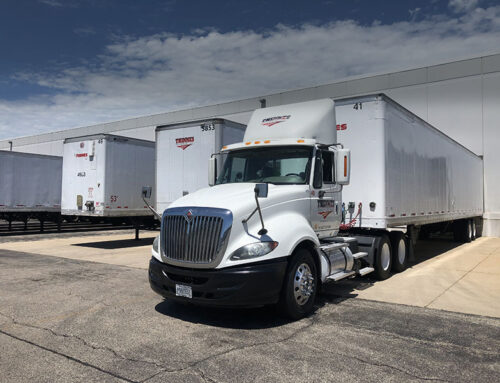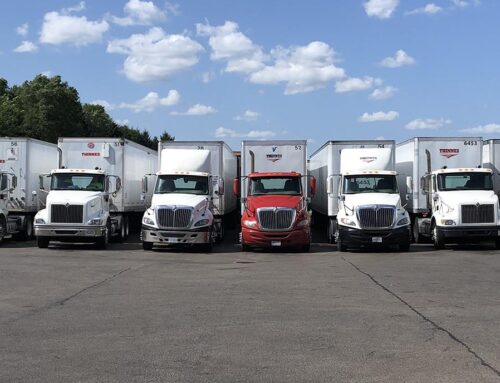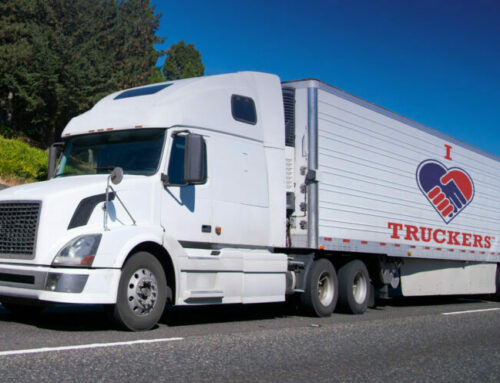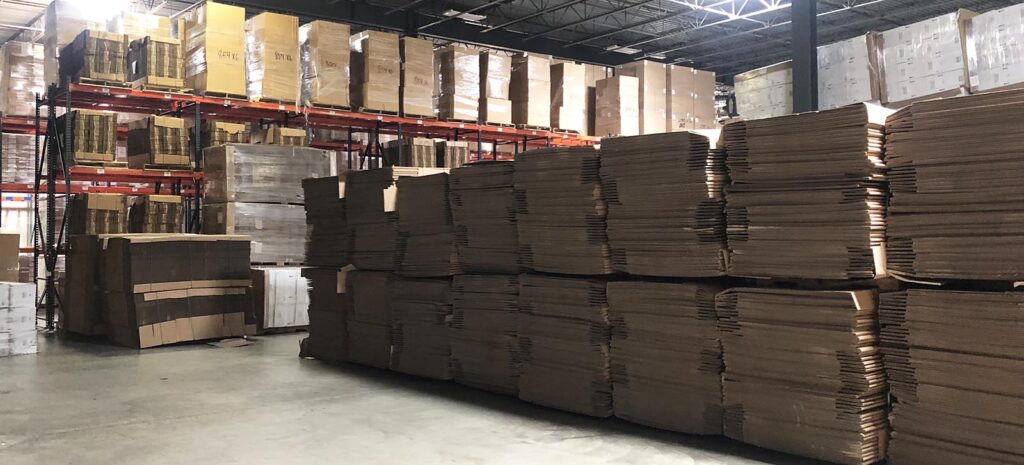What Determines Gas Prices?
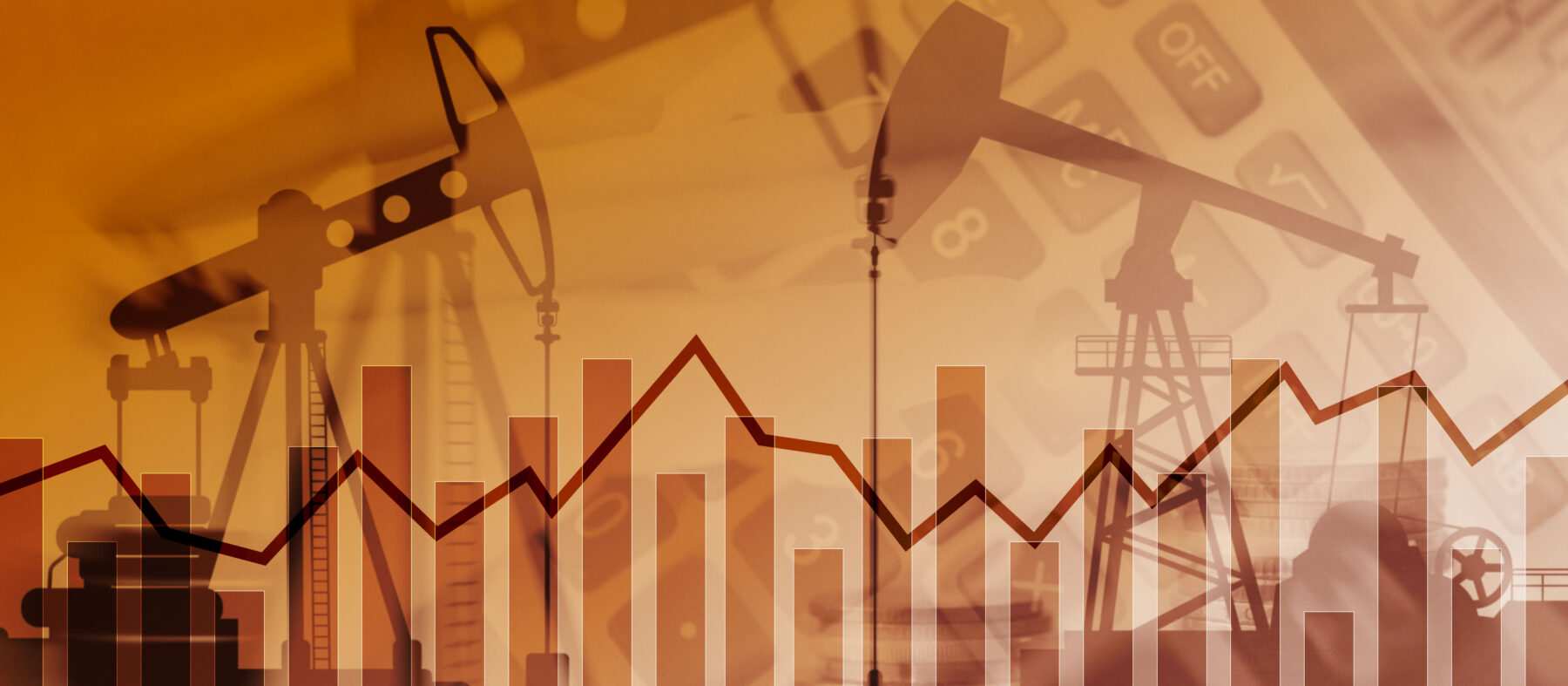
Gas prices are determined by a variety of factors that can make your head spin. From global crude oil prices to refining costs, distribution and marketing, taxes, and even the weather, it’s a complex mix of influences. If you ever find yourself confused by the high gas prices and wondering why they always seem to increase, let’s solve this mystery together.
One of the main factors behind gas prices is the global crude oil market. When crude oil prices go up, gas prices tend to follow suit. This is because crude oil is the main ingredient in gasoline, and any increase in its price directly impacts the cost of producing and distributing fuel.
Refining costs also play a significant role. Refineries take crude oil and turn it into gasoline, and the expenses involved in this process can vary. Factors such as maintenance, upgrades, and even the availability of skilled workers can affect the cost of refining, which in turn affects the price at the pump.
Distribution and marketing are equally important factors. Gasoline needs to be transported from refineries to gas stations, and this involves costs such as transportation, storage, and handling. Marketing efforts, such as advertising and promotions, can also impact gas prices.
Taxes also play a significant role. Federal, state, and local taxes are added to the price of gasoline, and these can vary depending on where you live. These taxes help fund infrastructure projects and other government initiatives, but they also contribute to the price you pay at the pump.
Believe it or not, even the weather can impact gas prices. Severe weather events, such as hurricanes or blizzards, can disrupt the production, refining, and distribution of gasoline. This can lead to temporary shortages and price spikes in affected areas.
When you’re at the gas pump, keep in mind that gas prices are affected by various factors. These include global crude oil prices, refining costs, distribution and marketing expenses, taxes, and even the weather. It’s a complex system that determines the price you pay for fuel.
Supply and Demand
Supply and Demand greatly influence the price you pay at the gas pump. This principle governs the market equilibrium. It happens when the amount of gasoline suppliers want to produce at a certain price is the same as what consumers want to buy.
Price elasticity plays a role in this equation. It refers to how a change in price affects demand. If gas prices increase, you’ll likely think twice before hitting the road, demonstrating consumer behavior in response to price fluctuations. However, gasoline tends to be relatively inelastic as it’s a necessity for many people, meaning demand doesn’t drastically decrease with price increases.
These fluctuations not only impact your wallet but also the entire economy. When gas prices are high, it can lead to an increase in inflation rates. It can alter consumer spending patterns, with less disposable income available for other goods and services.
On the other hand, when gas prices are low, it might encourage more travel and increase the demand for gas-guzzling vehicles. Understanding supply and demand isn’t just about knowing why you’re paying a certain price at the pump, but also understanding its broader impact.
Crude Oil Prices
The price of gasoline at the pump depends heavily on the cost of crude oil. This cost is influenced by a variety of factors, including geopolitics, global market trends, and seasonal effects. Geopolitical events, like conflicts and policy changes in oil-producing countries, can cause sudden changes in prices.
Global market trends significantly impact the price of crude oil, particularly the demand from major economies like the U.S. and China. Seasonality effects come into play as well. Demand typically rises during the summer, leading to an increase in prices.
The financial market has a significant impact on crude oil prices. Investors’ expectations and speculations often drive oil futures, creating volatility in prices. Inventory levels also have a significant effect on oil prices. When inventory levels are high, prices tend to drop, and vice versa.
It is important to consider these factors when analyzing crude oil prices and their impact on the retail price of gasoline. The interplay between geopolitics, global market trends, and seasonality effects can result in fluctuations that affect consumers at the pump.
Refining Costs
When you fill up your tank, it’s easy to overlook how the cost is affected by refining. Refining involves processing crude oil into gasoline and other petroleum products, and it has a significant impact on the price you pay at the pump.
The refining process consists of several steps, all of which contribute to costs. One factor that directly affects refining costs is the quality of the crude oil. High-quality crude requires less processing, which reduces costs. However, as we strive for energy efficiency and minimize environmental impact, refining has become more complex and costly.
Several factors influence refining costs:
- Stricter environmental regulations require more sophisticated refining processes, which increases costs.
- Technological advancements can help lower these costs, but they require substantial investments.
- Energy efficiency plays a critical role in reducing costs. More efficient refining processes consume less energy.
- Refinery capacity is also a factor. If a refinery isn’t operating at full capacity, it becomes less efficient and more expensive to run.
In essence, the balance of refining costs is a delicate balance between crude oil quality, technological advancements, energy efficiency, environmental impact, and refinery capacity. Every time you fill up, remember that there’s more to the price you pay than just the crude oil itself.
Taxes and Regulations
A significant portion of the price you pay for gas at the pump goes towards taxes and regulatory fees. Taxes and government regulations make up 16% of the retail gasoline price. The impact of taxes is significant. Federal, state, and local taxes all contribute to the overall cost of gasoline.
Taxation and fuel prices are closely linked, and the level of taxation can vary greatly from state to state. For example, California has the highest state-level taxes on gasoline in the nation at 58.8 cents per gallon, while Alaska has the lowest at just 8.95 cents per gallon. This variation clearly demonstrates the influence of state taxation on gas prices.
Government regulations on gas prices also play a crucial role. Policies on fuel efficiency and emissions can affect production and distribution costs for gasoline. Government policies can impact gasoline exports and imports, which in turn affect supply and demand dynamics and gas prices. The influence of government policies on gas prices is undeniable.
Distribution and Transportation
Gasoline goes through a complex process of distribution and transportation from refineries to your car’s gas tank. This process faces logistical challenges and requires extensive infrastructure. The methods of shipping and the vast distribution networks involved have a significant impact on the price you pay at the pump.
Consider the following points to understand how distribution and transportation affect gas prices:
- Logistics challenges: Fuel is constantly moving from refineries to markets. Any disruptions, such as weather events or infrastructure failure, can disrupt the supply and cause gas prices to increase.
- Infrastructure requirements: Safety standards for fuel transportation are strict, requiring top-notch infrastructure. Building and maintaining this infrastructure is expensive, and these costs are factored into gas prices.
- Shipping methods and distribution networks: Fuel is transported by pipelines, trucks, rail, or sea. Each shipping method has its own costs. Gas must reach numerous gas stations through a complex distribution network. The larger and more intricate the network, the higher the transportation costs, which ultimately impact gas prices.
Market Speculation
Gas prices are greatly impacted by market speculation. Government regulations can lead to fluctuations in gas prices as they change the rules regarding oil production or extraction. Economic sanctions placed on oil-producing nations, for example, can limit their production capabilities, resulting in higher prices.
The role of the Organization of Petroleum Exporting Countries (OPEC) is also significant. OPEC’s decisions to increase or decrease oil production directly affect global oil prices.
The transition to renewable energy has an impact on gas prices as well. As more people switch to electric or hybrid vehicles, the demand for gas decreases. This demand reduction has the potential to lower gas prices. However, it’s important to note that the transition to renewables is a long-term process, and its effect on gas prices isn’t immediate.
Frequently Asked Questions
Who Controls Gas Prices?
Oil monopolies control gas prices, impacting you directly. They use pricing strategies to manipulate the market. Global factors and environmental concerns also influence gas prices. However, the final cost is determined by supply, demand, and competition in the market.
What Actually Determines the Price of Gas?
The price of gas at the pump is determined by various factors that interact and shift constantly. These factors include regional variations, production costs, commodity trading, currency value, and refining processes.
Regional variations, for instance, have a significant impact on gas prices. Different regions may have different supply and demand dynamics, which can affect the price of gas. Production costs also play a role in determining gas prices. The cost of extracting, processing, and transporting gas can vary depending on factors such as labor costs and infrastructure availability.
Commodity trading is another factor that influences gas prices. Gas is traded on commodity markets, where its price can be influenced by factors such as market speculation and geopolitical events. Currency value is also a key determinant of gas prices. Fluctuations in exchange rates can affect the cost of importing or exporting gas, which in turn affects its price.
Refining processes also play a role in determining gas prices. The cost of refining crude oil into gasoline can vary depending on factors such as the complexity of the refining process and the availability of refining capacity.
All these factors work together to determine the price of gas that you see at the pump. It’s a complex and dynamic system that is constantly evolving. So the next time you fill up your tank, remember that the price you pay is the result of a multitude of factors that are constantly in flux.
What Are the 3 Main Factors That Impact Gas Prices?
Gas prices impact you through variations in crude oil, refining costs, and regional taxes. Seasonal changes and supply disruptions can also affect your wallet. It’s a complex and constantly changing situation.
Crude oil variations, refining costs, and regional taxes all play a role in impacting gas prices. These factors directly affect the price you pay at the pump.
When crude oil prices fluctuate, it directly impacts the cost of producing gasoline. Refining costs also come into play, as the refining process itself incurs expenses. Regional taxes imposed by different areas can further drive up the price you pay for gas.
Seasonal changes can also impact gas prices. For example, during the summer months when demand for gasoline typically increases, prices tend to rise. This is due to increased demand and limited supply.
Supply disruptions can occur for various reasons, such as natural disasters or conflicts in oil-producing regions. When these disruptions happen, it can lead to a decrease in the supply of gasoline, resulting in higher prices.
Are Gas Prices Determined by the Government?
Gas prices are not solely determined by the government. While government intervention, taxation, regulatory policies, subsidies, and occasional price fixing do play a role, they are not the only factors at play. Market forces largely dictate prices.
It is important to note that gas prices are influenced by a variety of factors. These factors include global supply and demand, geopolitical events, natural disasters, and changes in crude oil prices. The government does have some control over certain aspects of the gas market, such as taxes and regulations, but they do not have complete control.
Market forces, such as competition among oil companies, also play a significant role in determining gas prices. Oil companies must consider factors such as production costs, transportation costs, and profit margins when setting prices. Additionally, consumer behavior and preferences can also influence gas prices.
Reliable Transportation Services
If you need reliable transportation services, look no further than Thinnes Transport. We understand the complexities of the industry, including the fluctuating gas prices that can impact your bottom line. With our experienced team and state-of-the-art fleet, we can ensure efficient and cost-effective transportation solutions for your business. Contact Thinnes Transport today and let us take the hassle out of your logistics needs.

